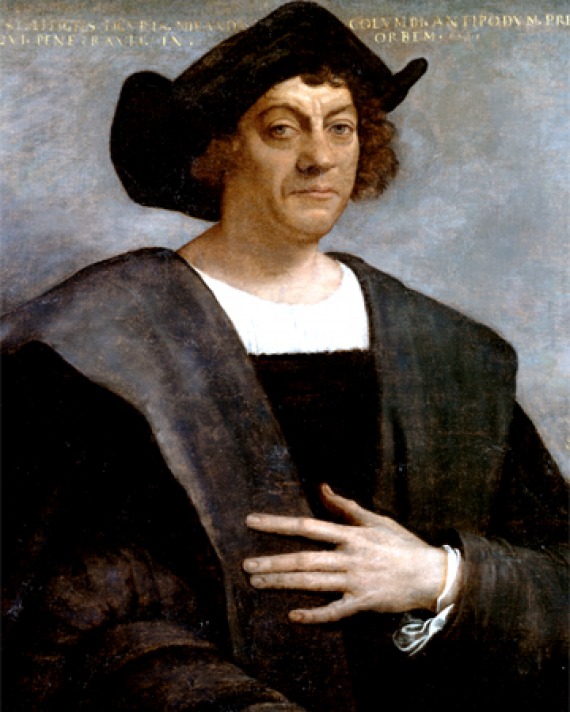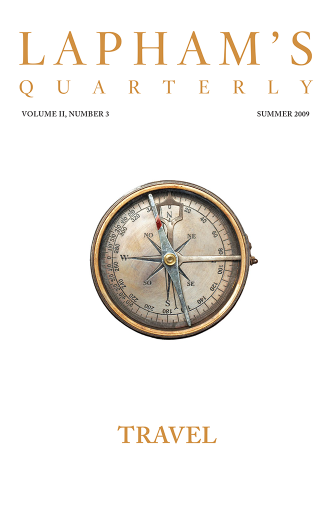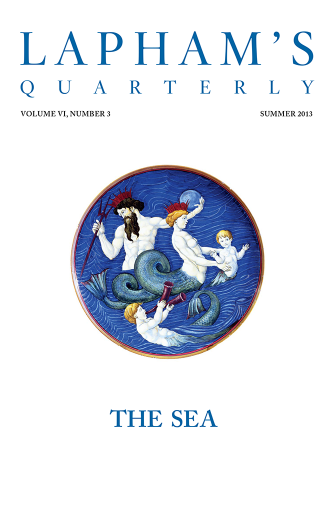
Christopher Columbus
(1451 - 1506)
On his first voyage in 1492, Christopher Columbus made landfall in Hispaniola and was appointed “Admiral of the Ocean Sea” by his patrons Ferdinand II and Isabella I; on the second he began to colonize the island, leaving two brothers in charge of the settlement; on his third voyage he and his brothers were held responsible for mismanagement and sent back to Spain in chains. Having convinced Ferdinand and Isabella to release him, Columbus embarked in 1502 on his fourth and final voyage, suggesting to them that he hoped this journey “may yet turn out to be my noblest.” He died on May 20, 1506.

